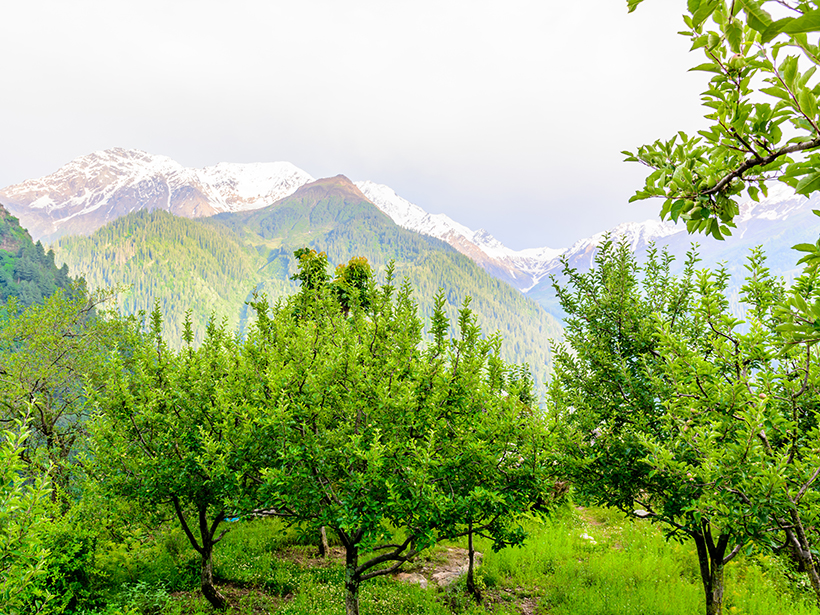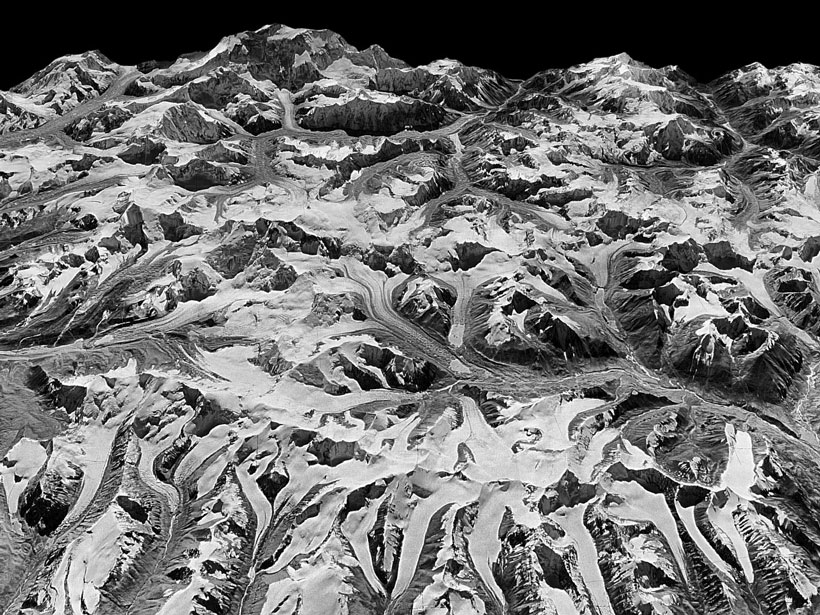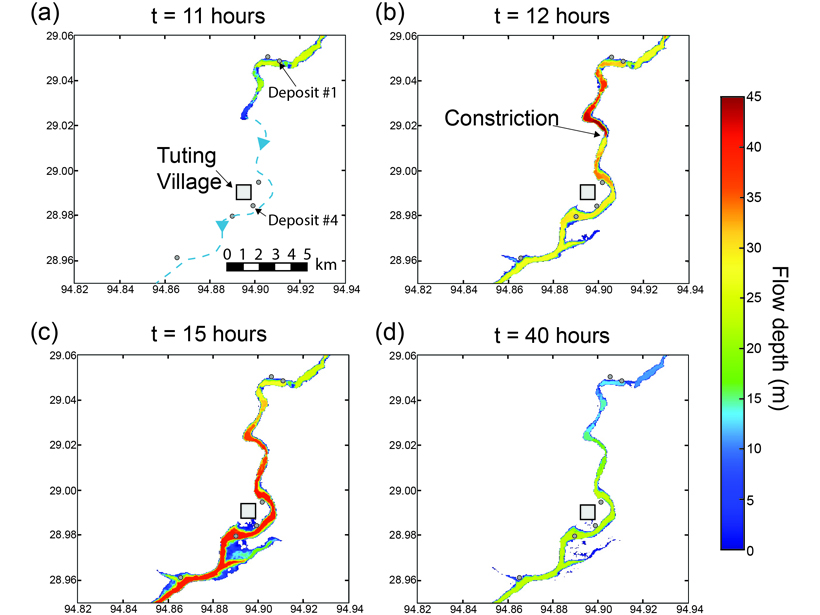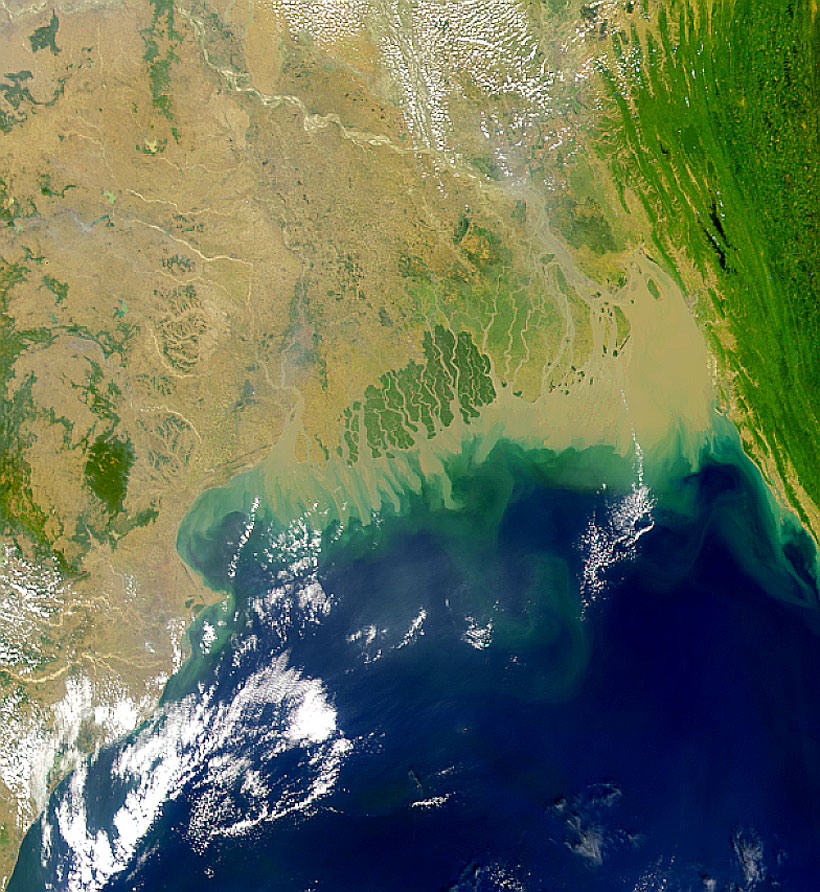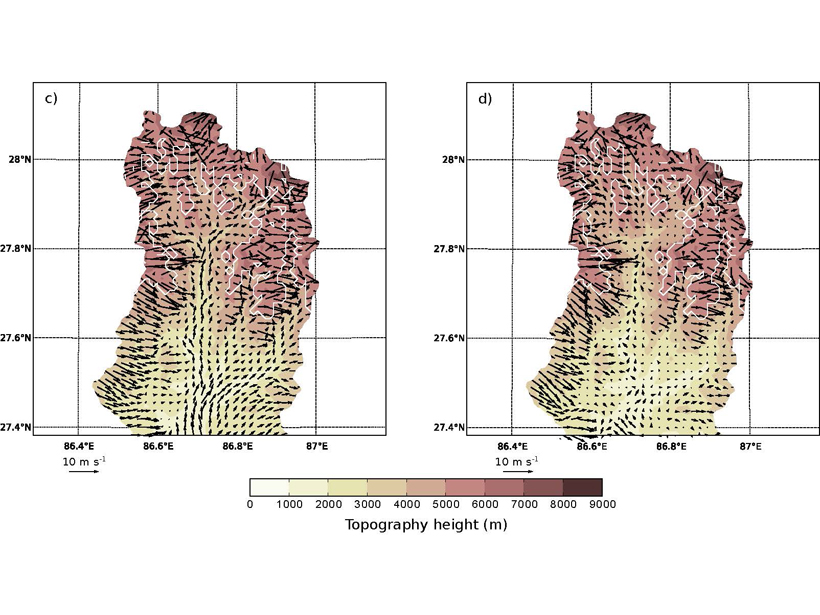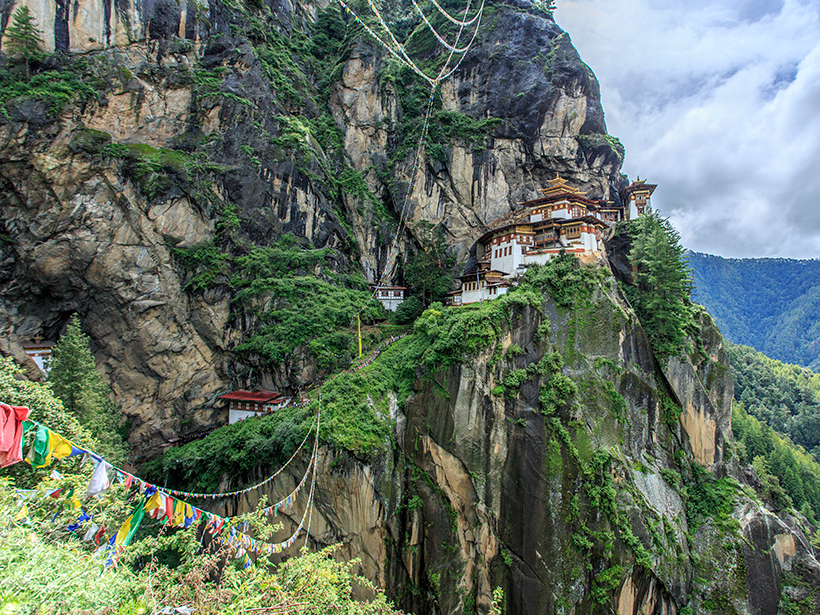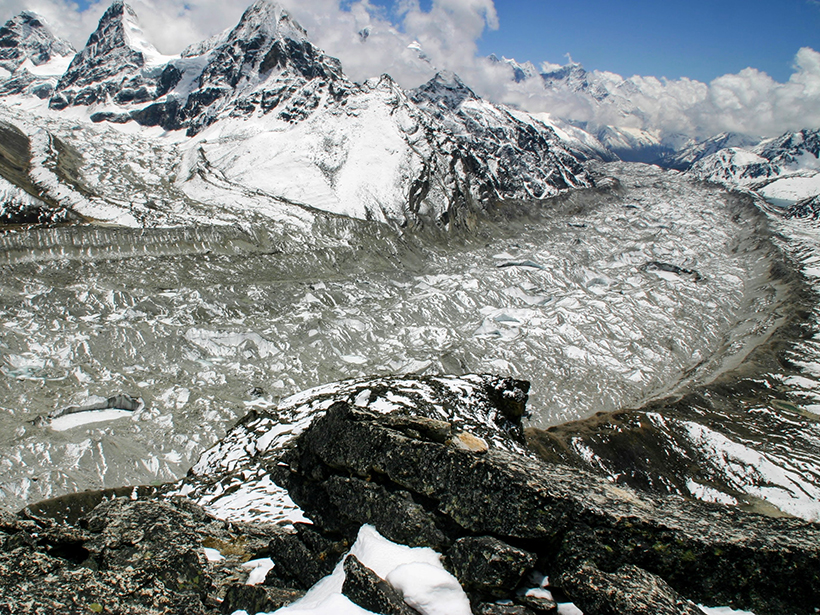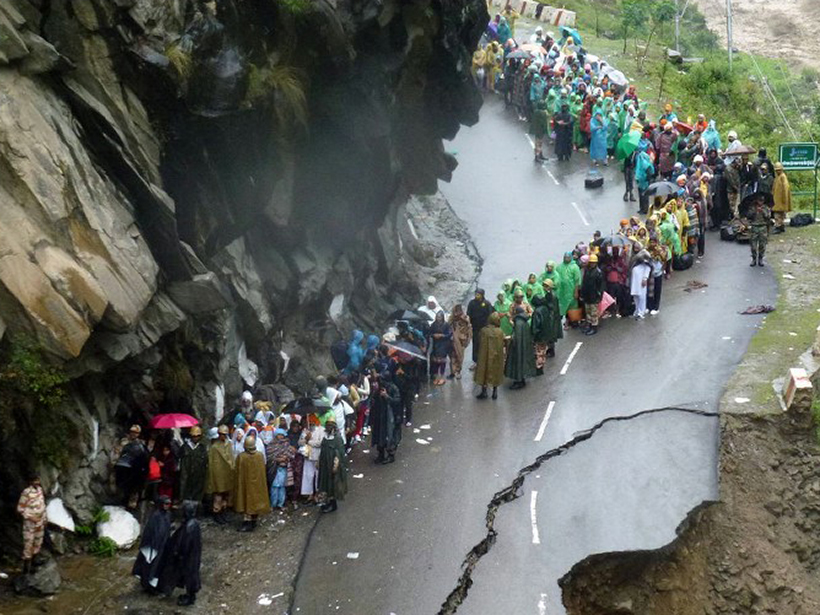Climatic factors have wreaked havoc on India’s apple crops by disrupting natural flowering seasons and pollination systems. The shape, size, and quality of Himalayan apples have changed.
Himalayas
Spy Satellite Reveals Accelerated Pace of Himalayan Glacier Melt
Images taken covertly in the 1970s have taken on a new purpose in a recent glaciology study.
Enabling Dynamic, Regional-Scale Modelling of Outburst Floods
The GeoClaw model is used to simulate a landslide-dam outburst flood through rugged Himalayan topography.
The Search for the Severed Head of the Himalayas
To unearth the very first sediments to erode from the Himalayas, a team of scientists drilled beneath the Bay of Bengal.
What Drives Surface Winds in a Deep Valley?
Surface winds in a Himalayan valley are found to vary daily and seasonally due to factors including pressure gradient, advection, turbulent vertical mixing, and the presence of glaciers.
Glacial Lake Outburst Flood Captured in Seismic Recordings
A flood that thundered through eastern Nepal in July 2016 left a telltale seismic signature and caused more erosion than local monsoon rains, new research shows.
Bhutan Earthquake Opens Doors to Geophysical Studies
A multinational research team discovered an underestimated earthquake hazard during their 7-year exploration of the unique geodynamics of the eastern Himalayas in Bhutan.
A Novel Way to Map Debris Thickness on Himalayan Glaciers
By combining changes in elevation with other data, scientists have developed a method for estimating the thickness of debris covering glaciers on whose water more than 800 million people depend.
Satellite Data Archives Reveal Unrecorded Himalayan Floods
Almost 30 years’ worth of Landsat observations created a comprehensive inventory of catastrophic floods caused by glacial lakes bursting through their rock dams.
A Better Way to Predict the Indian Monsoon
A new study finds that including Himalayan topography and land-atmosphere interactions improves climate models.

